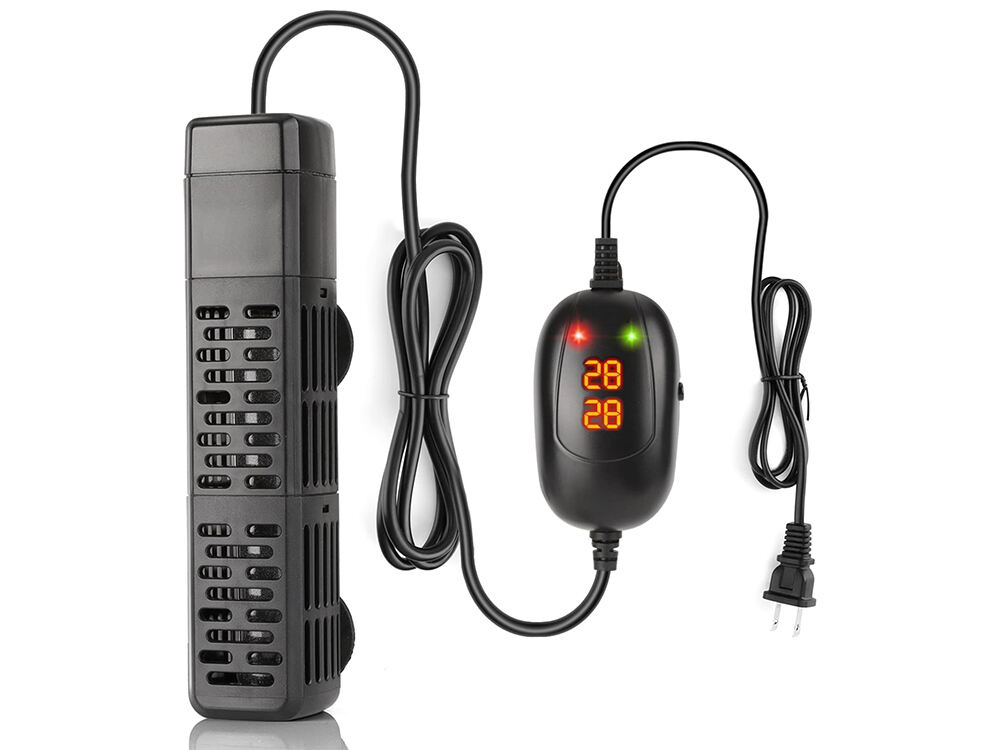Preserving a safe habitat for creatures that live underwater is pivotal to their health. Some of the elements that must be taken into consideration is a fish tank heater. Here, we shall discuss the role of a fish tank heater, how it functions, and additionally how it affects the well being of your fish and underwater plants.
Defining The Importance of Temperature Control
The fish that live in your aquarium are ectothermic, meaning that their body temperature mirrors the temperature of water that surrounds them. To make sure their growth and reproduction occurs at a good rate, the temperature and metabolic activity must be set to proper levels. There are numerous temperature goals that need to be attained, and fish tank heaters greatly assists in this synergistic balance. Irrespective of whether you have tropical fish that flourish in warmer waters or cold water species, step number 1 is always understanding their precise temperature needs.
Types of Fish Tank Heaters
As with any heating appliance, the fish tank heater has several types designed for different use cases and sizes of fish tanks. Popular models such as submersible heaters are efficient and simple to use as they are put directly into the water. Submersible heaters require adjusting to maintain a certain temperature and so they are adjusted to range the water level. Inline heaters, by contrast, are placed outside of the tank, making them more suitable for larger aquariums. Each type has its advantages, and selecting the right one is key to maintaining a stable environment waters.
How Fish Tank Heaters Work
Heating appliances warm water by electric current flowing through a circuit. Inside the fish tank heater, there is an element called a thermostat which tracks the temperature of the water. A thermostat is placed within the water and tends to the flow tube with a connected heater that can be turned off or on depending on temperature controls. Thermostats need to be carefully maintained if there is a need to avoid stressing out fishes, and the biological operations within the tank. Frequent monitoring as well as maintenance checks of these devices ensure that their effectiveness and safety remain at standard levels.
Signs of a Failing Heater
Fish tank heaters can become defective like any other electric appliance’s parts. This greatly affects your aquarium so noticing early signs of heater malfunction is essential. You may notice some temperature fluctuations, either an increase or decrease, as a heater’s failure is often indicated by thermometer malfunctions. Moreover, it can be time to inspect the heater as stressful behaviors such as rapid moving or sluggish phase in fish are observed. You can prevent the exacerbation of issues with your aquarium by regularly checking the temperature with a dependable thermometer.
Trends in Aquarium Heating Technology
Just like everything else, heating solutions for aquariums are subject to innovation as they evolve. Fish tank heaters are now equipped with modern technological features like digital screens, interfaces for setting and controlling the temperature, and remote access WiFi control. With the help of these cutting-edge improvements, aquarists can seamlessly maintain ideal parameters and preserve the health of aquatic animals. Also, there is a shift to consider alternative aquarist technologies as more energy efficient models are coming into focus which helps achieve stability of the environment while reducing carbon emissions.
To wrap it up, a fish tank heater is an essential device for the proper care of aquatic life. If aquarists monitor the progress of technology related to heat control, it becomes easy to create favorable situations for life in the fish tank. With industry progress, keen awareness of modern trends and devices becomes the sole possible way to guarantee optimal choices for the kept fish.










